
Audiovisual Best Practices Architects and Designers Need to Know
Today, architects, designers, main contractors and other key stakeholders are being asked to integrate thoughtful audiovisual(AV) designs into their project designs in order to create better experiences. At Electrosonic, we’ve been designing AV systems for decades and have delivered some of today’s most impressive and world renowned technology experiences. Here are our recommendations and AV design best practices to optimize spaces for enhanced picture and sound.
Understand your client’s requirements
The number one consideration for designers looking to integrate a great AV solution is to understand how the client intends to use the space and the AV installation. The size of the space, the shape of the structure, and its expected capacity will all determine the type and scale of the technology that will be leveraged. A round sports stadium filled with twenty thousand people will support different acoustics than a rectangular corporate headquarters theater that holds two thousand. An immersive exhibit at an amusement park will require a different projection solution than one used at a house of worship. Even different exhibits within the same museum building must be carefully considered so that there are no sound leaks between areas. Then there are multipurpose environments which are especially tricky because they host a variety of events, making it difficult to optimize the area for each production. Still, these spaces can be improved with enhancements such as temporary acoustic panels to achieve a better user experience. Consulting with AV specialists at the design stage will help in staging a space and system that fits its intended purpose.
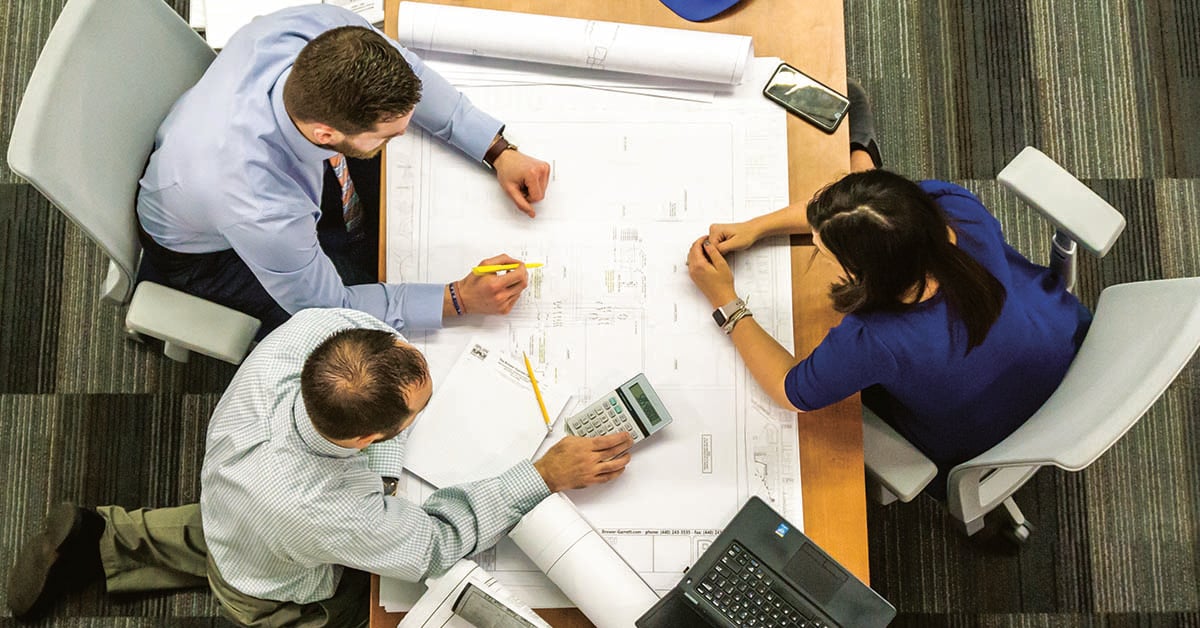
Collaborate with all trades
It takes the expertise of dozens of different trades to construct a building, but are these subcontractors working in collaboration or are they singularly focused on their own task? It matters! If the mechanical and electrical contractor installs the air conditioner system without considering its placement in relation to the AV system, then microphones will pick up the sound of the unit, forcing a speaker to talk louder to be heard. The collaboration of all the tradespeople working on a building promotes less headache and better AV experiences down the road. It’s critical to consult with an AV professional at the project’s inception to avoid undue costs and delays.
Design for sustainability
Designing with an eye on sustainability is good for the environment and the bottom line. An AV specialist can advise on which technologies optimize energy use. A museum exhibit that incorporates lampless projectors, uses energy star amplifiers that minimize standby power, switches off during vacancy, and maximizes natural light and ventilation will use less costly power than one designed without these considerations.
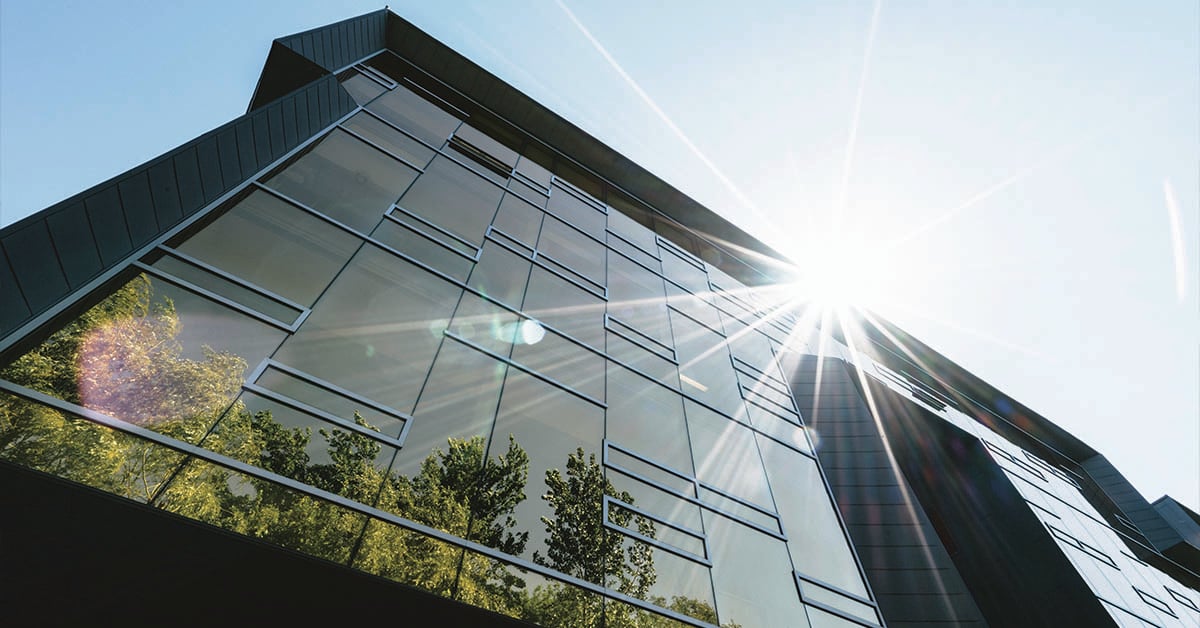
Enhance everyone's experience with universal design
Take a moment to think about the person who will use the space you design and its AV technology. Did you picture someone in a wheelchair? Someone who is blind? How about someone hard of hearing? Universal design ensures that those with disabilities receive the same experience as those without physical limitations. Creating a space so that even people seated in wheelchairs can view screens comfortably, incorporating larger fonts, and providing discreet audio devices for people with hearing loss all fall under the banner of universal design. Universal design is not for the benefit of a small minority, but rather it’s good design that creates an accessible, functional, and convenient space for all to enjoy regardless of age, size or ability.
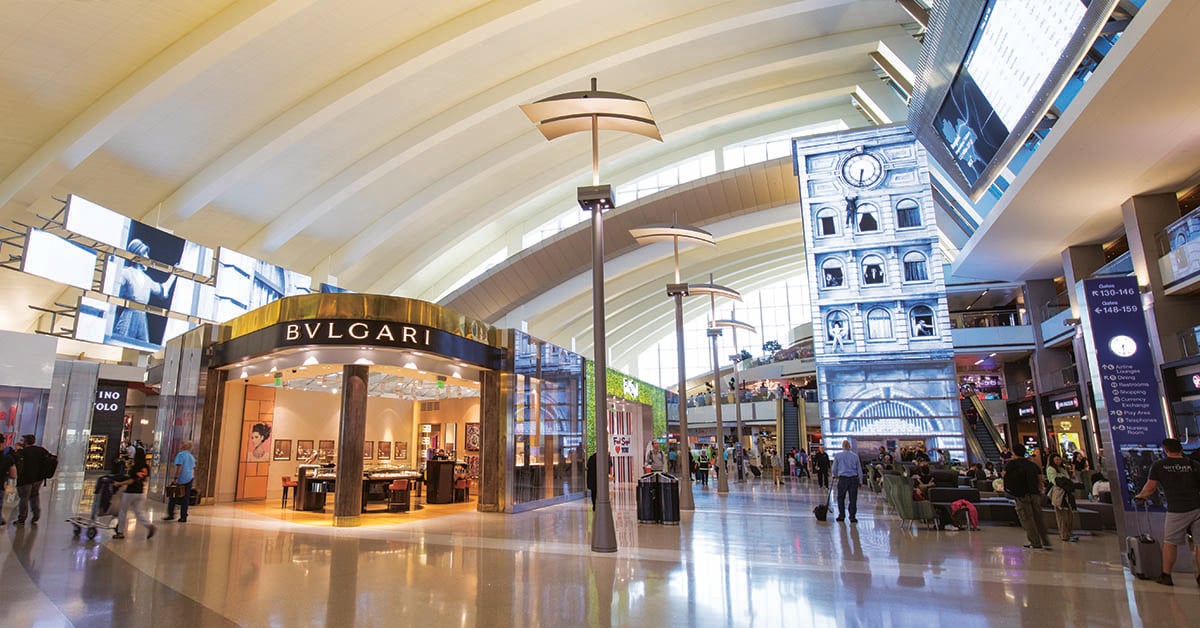
Know the building restrictions
If you’re building a structure from the ground up, then you probably have more design freedom than when working on a historical building. Restrictions in preserved building design may be mandated by law or stem from the architecture of the building itself. Will you be able to install the desired AV system without compromising the integrity of the structure? Are the doors wide enough to accommodate a 130” screen?
When Electrosonic worked with English Heritage on the Secret War Time Tunnels project in Kent, UK, designers from Kvorning sought our consultation at the initial phase, as recommended. We validated their design ideas and helped overcome AV challenges, including selecting technology that can withstand cold underground climates, and choosing projectors that could display images on tunnel spaces where no surface is straight.
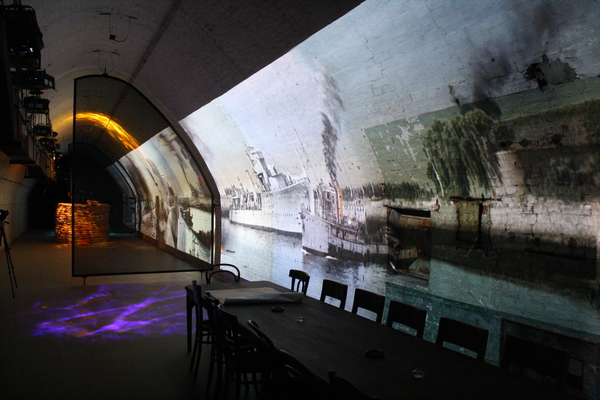
Health & Safety and Maintaining Systems
It’s also important to know the building restrictions for health and safety reasons. Will there be safe access to all parts of the AV system in the future for proper maintenance? What happens if a large projector suspended from the ceiling breaks? Will staff be able to fix it safely? Knowing what the building will and won’t permit will play a part in the AV system selected for integration.
Our expertise
Designing for the optimal AV experience can be challenging which is why it’s best to consult specialists at the start of a project for best results. At Electrosonic, our professional AV consultants are experts in audio, video and control systems, ICT, security, surveillance, and access control systems and acoustics. We can help in deploying best practices for integrating AV systems while staying within budget and time scales. Adhering to H&S and building rules and regulations, Electrosonic helps projects run smoothly, minimizing the risk of implementing new technology solutions for maximum peace of mind.
Interested in learning more about AV Best Practices in Design? Then click to learn more about our Technology Design Consulting and what 55 years of AV experience can do for your project.
Morgan Rottinghaus
Morgan Rottinghaus, Vice President, Strategic Partners at Electrosonic, recognizes the critical role that partners play in delivering added value to clients. She writes about the importance of connecting complementary value-added services through partnerships as a way of accelerating innovation and maximizing the benefits of technology investments.










.jpg?width=1500&height=995&name=ELC501_N17_medium%20(1).jpg)




.jpg)

.jpg)



















.jpg)




.jpg)
-png.png)












.jpg)





.jpg)


-(1)_1200x629px.jpg)




.jpg)
.jpg)





-RR.jpg)







.png)




.jpg)






.png)


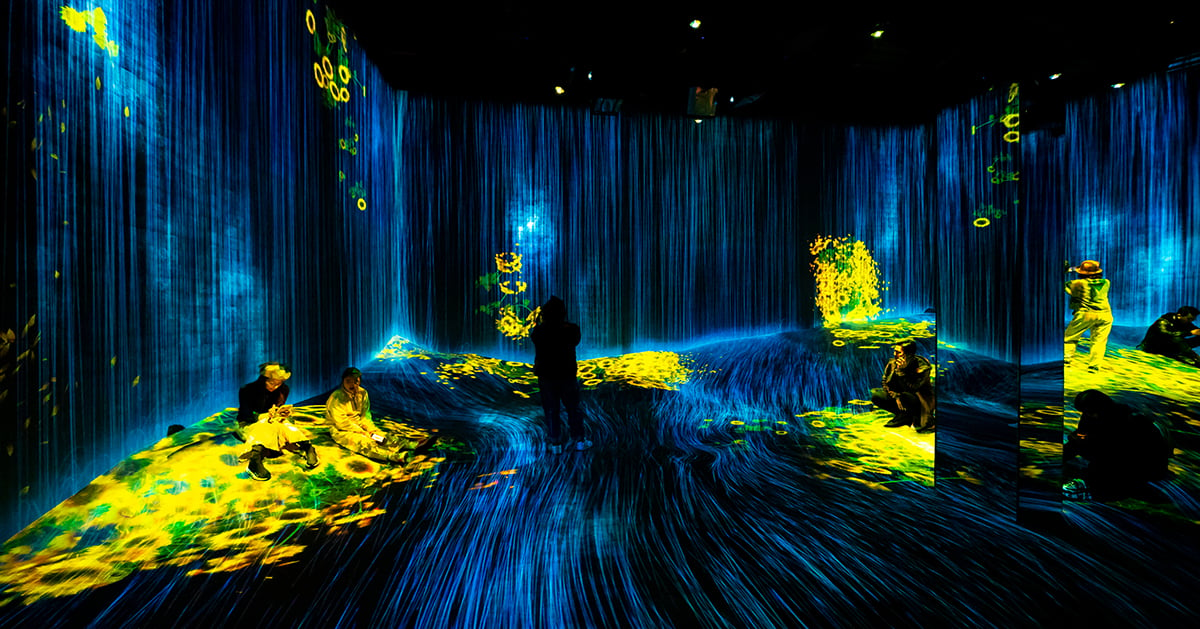


















%20(1)-es.jpg)
.jpg)








.jpg)

.jpg)





.jpg)



.jpg)















.png)

.png)





























.jpg)
.png)





.png)

.jpg)


.png)





.jpg)
.jpg)


